It has won the hearts of billions of people worldwide. Mythological stories have been spun around this sun-kissed delight. History is witness to the popularity of this fruit, transcending borders, captivating hearts and tastebuds. Stories lay bare page after page expressing incidences of happiness, quarrels and chaos around the fruit. With hues ranging from vibrant yellow to fiery orange, its tropical perfume dances on the breeze, promising a sensory journey that is reminiscent of summer’s embrace. Mangoes truly create a burst of sunshine in every mouthful!
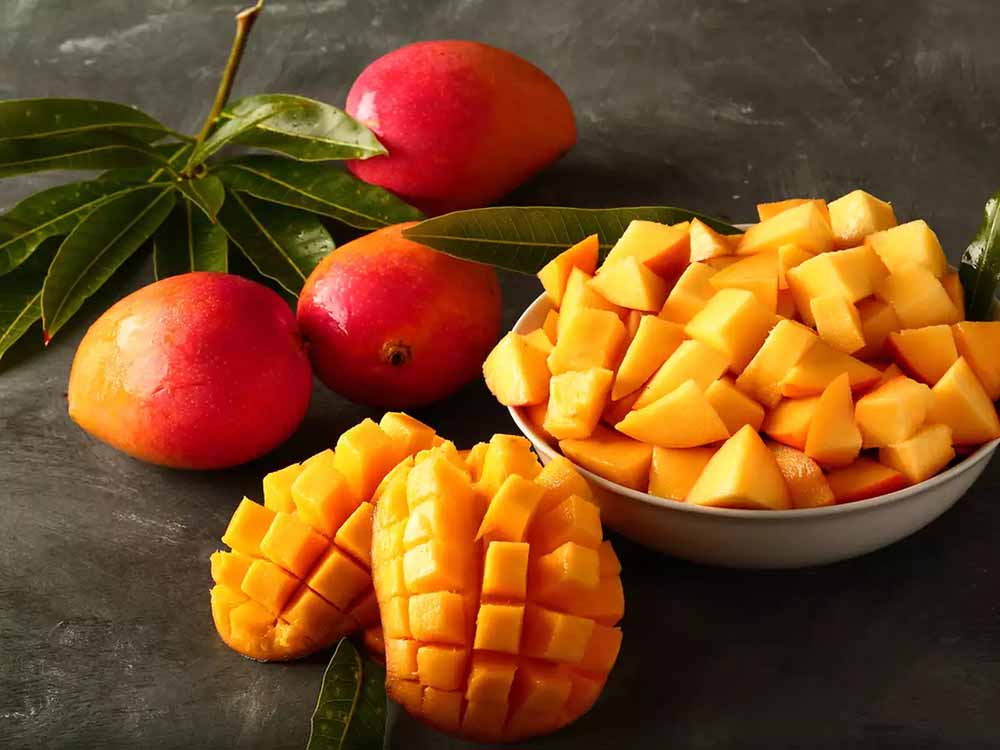
It is said hotter the summer, sweeter the mangoes. India is blessed with both abundantly! As the mercury soars, it is the season to relish the King of Fruits, with all its fabled tales and art inspired by the delectable fruit.
The Evolution Of The Mango
Historians and horticulturists have reached a consensus that mangoes first appeared in the Assam and Burma regions of the Indian subcontinent. According to researchers from the Birbal Sahni Institute of Palaeibitany, Lucknow, the genus Mangifera has its origins traced back to fossilised carbonised mango leaves found in the West Garo Hills near Damalgiri, which date back to 60 million years.
Mango (Mangifera Indica) is the national fruit of Bangladesh and Pakistan, and the national tree of India. The origin of the mango in India dates way back to 4,000 BC. The tree is known to have a long lifespan. It can bear fruits even after 200-300 years. The fruit is an excellent source of vitamin C – for producing collagen and enhancing skin suppleness, and vitamin A – vital for eye health. Due to its high acidity, it serves as a therapeutic remedy for a wide range of conditions from digestive issues and heat stroke to the common cold.
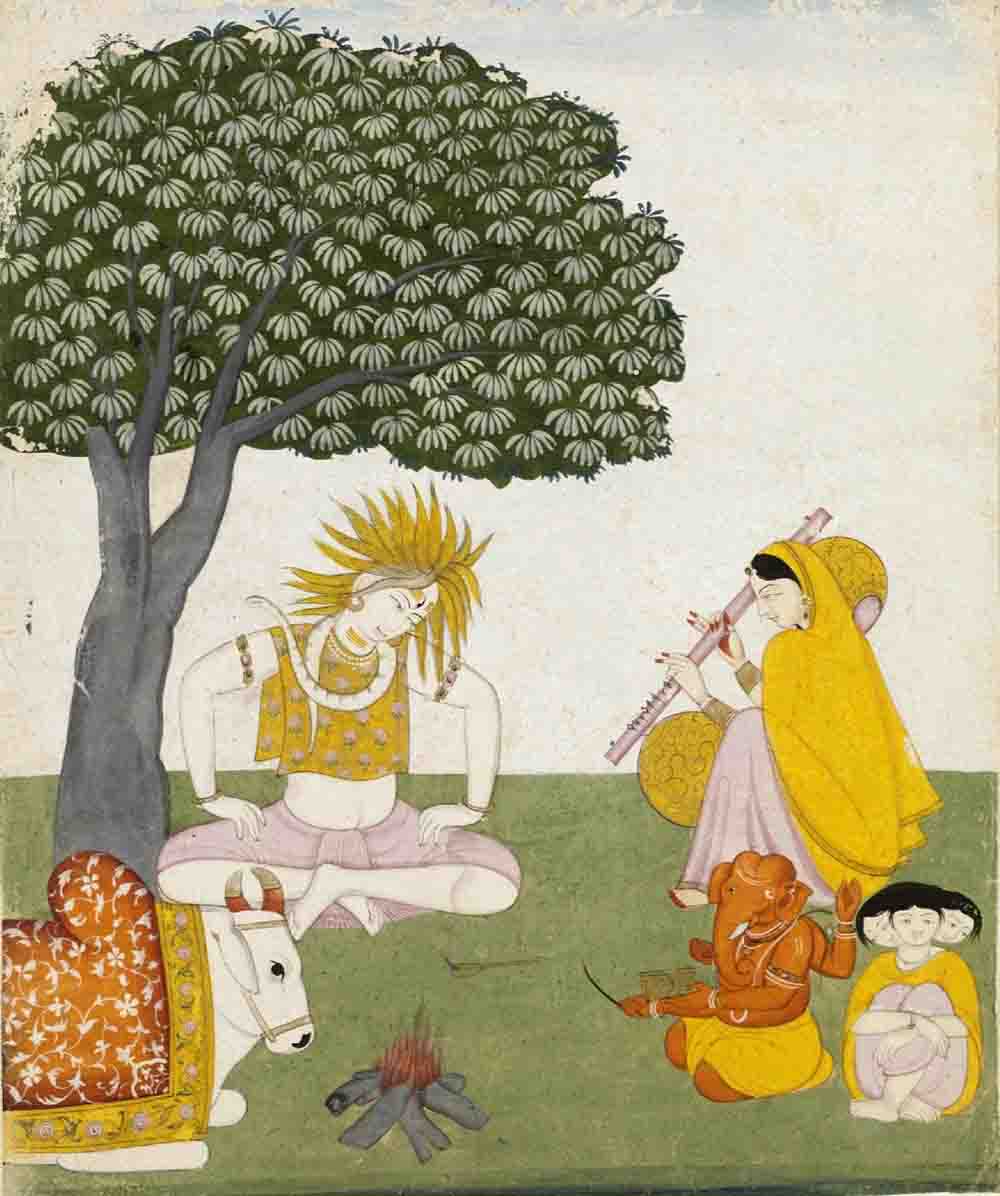
A Sacred Fruit
Mangoes are considered sacred in Hinduism. One can spot a string of mango leaves used as a decoration outside doors and homes during festivities, special occasions, grand pujas, rituals and ceremonies. In Buddhism too, mangoes have a scared relevance as Buddha liked meditating under the shade of the magnificent tree. Monks would also bring the fruit along during long journeys.
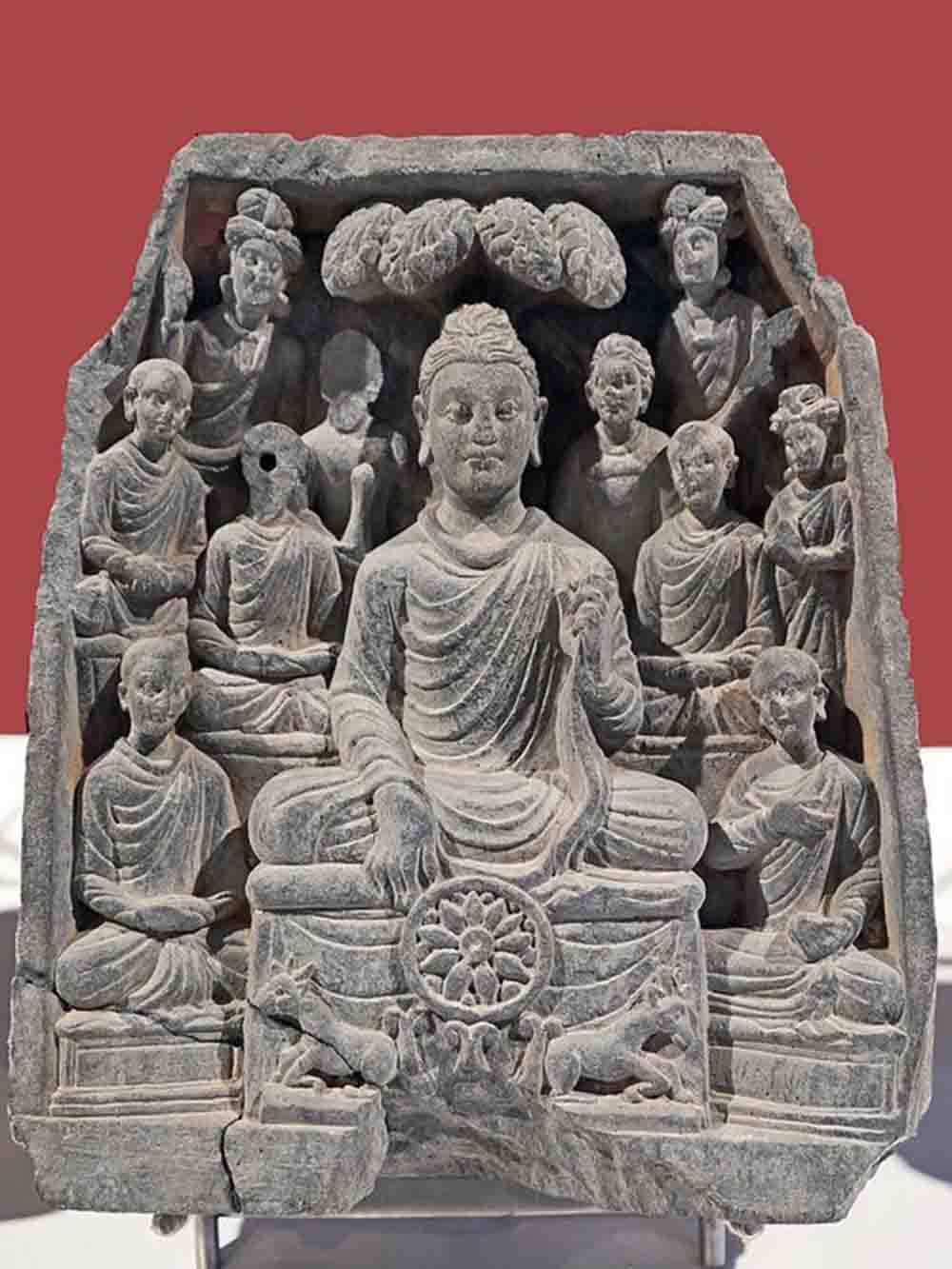
Travel Escapades Across The Globe
The fruit has caught the fancy of Indians - and the entire world. It is said that Alexander the Great was so enthralled by this delicious, pulpy fruit that he brought it back to Greece from the court of Porus! According to the Chinese traveller Hiuen Tsang, in ancient India, the Mauryans planted mango trees by the sides of the roadways as a sign of prosperity. And it was with Hiuen Tsang that the Mango made its maiden trip to China!
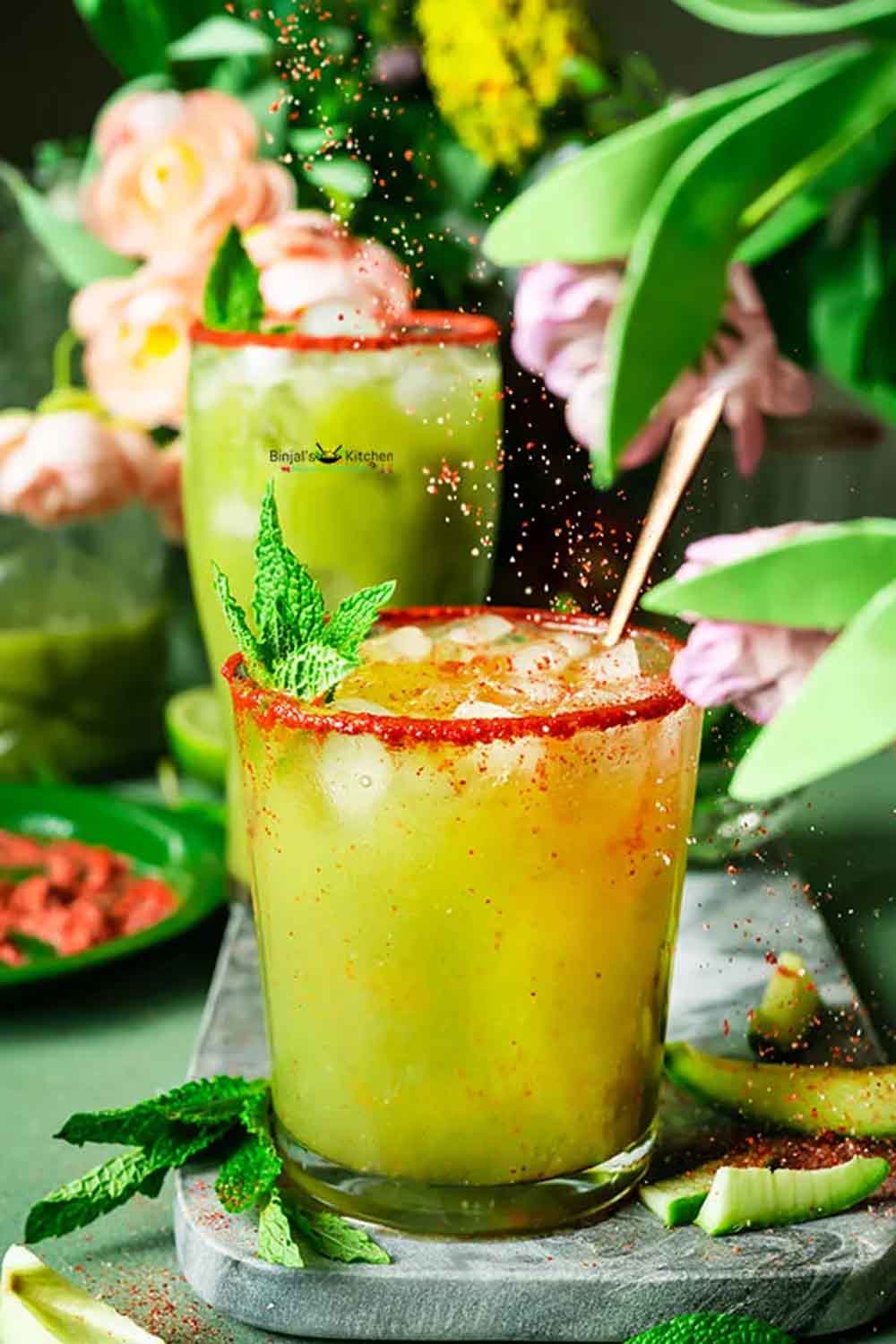
Although Babur believed that mangos were overrated, other Mughal emperors felt differently. Akbar, for instance, raised the bar by planting one million mango trees close to Darbhanga, Bihar. Jahangir, though, is the one who elevated the affection for mangoes. The fruit gave birth to several iconic dishes and dessert recipes that we continue to make till date – aam panna, manga kozambhu, aam ka meetha pulao, aam ka lauz etc.
Upon arriving in Kerala in the 15th century, the Portuguese were enamoured with the fruit and took it upon themselves to introduce it to the rest of the world under the name ‘Mango’. The Alphonso variety of mangoes, named after Portuguese commander Alphonso de Albuquerque, was created by the Portuguese through the establishment of an international mango commerce and the grafting of tree specimens. The Alphonso variant is still quite popular, although many other older varieties are now lost.
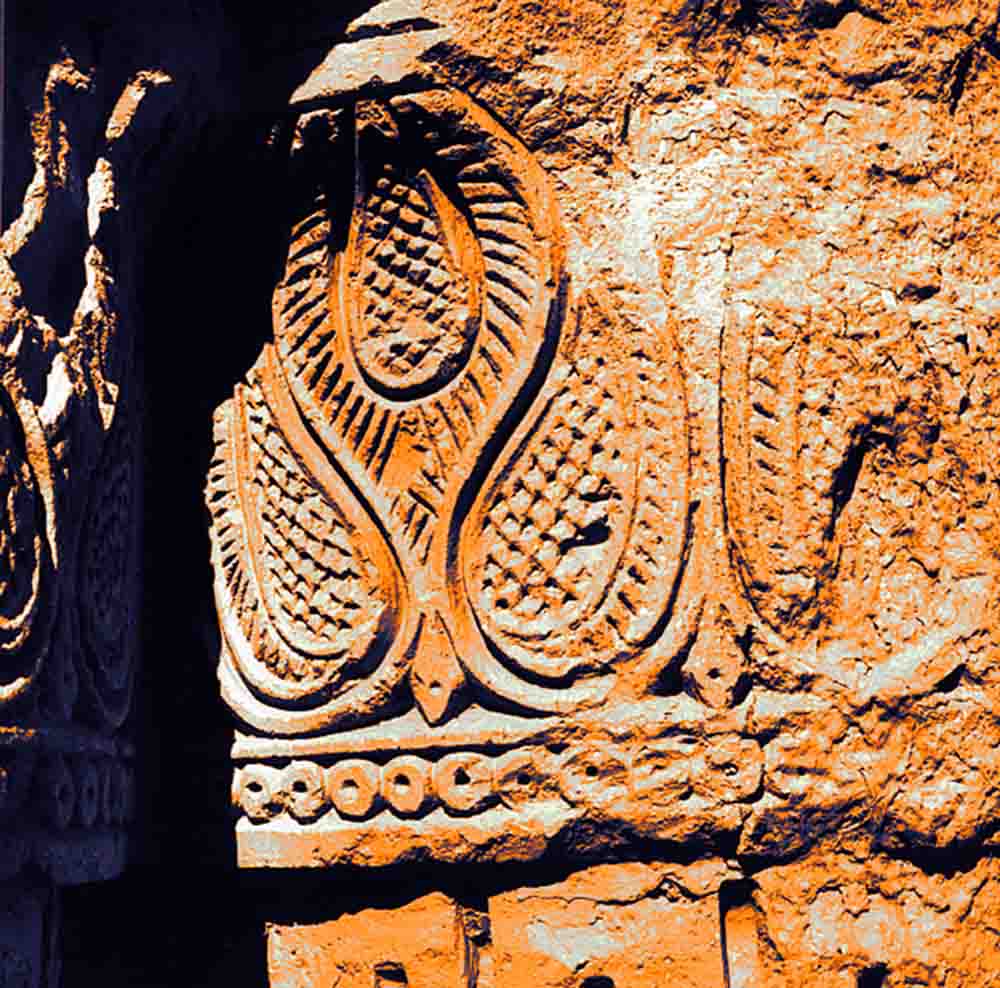
A Delicious Motif
The mango influenced Indian art and architecture as well. As a result, the motif of ‘Kairi,’ or an unripe mango, was chosen to symbolise it. Originally, the Kairi motif was seen as a decorative design in architecture. Soon, it was widedly adopted as a jewelry motif and subsequently, in textiles.

The term ‘paisley’ refers to an ornamental design that uses the ‘buta’ or ‘boteh,’ a droplet shaped motif of Indian and Persian origin dating back to the 17th century or earlier. It is one of the most enduring motifs, widely used as a design element in art, architecture and fashion today.